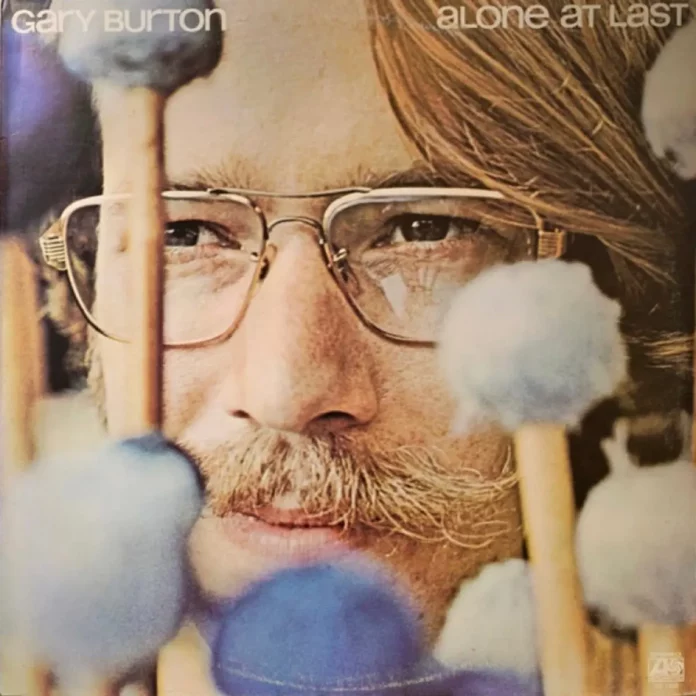Gary Burton is as influential a vibraphonist of today as Milt Jackson and Lionel Hampton before him. Whereas Hampton turned an infernal machine into a swinging machine, Jackson gave it emotion and feeling. Burton has given it beauty. Only Red Norvo comes to mind as a musician with a similar approach to vibraphone jazz.
There were moments during this fascinating album when I was bound to recall those delicate duets of Burton and Norvo during a British tour a few years ago. In fact probably the only musician who can get closer to Burton than Norvo in the creation of vibraphone jazz of fragile beauty is Burton himself. For here Burton finds the perfect partner by accompanying himself on piano, electric piano and organ, thanks to the ingenuity of the Atlantic studio engineers.
The only problem with records like this is that one can never be sure whether the engineer is more important than the musician with all the remixing, splicing and electronic tricks. On this record we hear the audience at last year’s Montreux Jazz Festival reacting with enthusiasm to Burton’s solo vibes while on the record we have heard the performance with added electric piano accompaniment. If Burton actually managed to accompany himself at Montreux in front of the audience he certainly deserved his applause. He might even have played prerecorded accompaniments at the concert as John Lewis has done with the Modern Jazz Quartet.
Obviously the audience was applauding the music before it got into the hands of the experts in the studio and much as I enjoyed the music with added accompaniment it would have been better for the record’s producer to make quite clear to the record buyer that the concert performances have been processed in some way.
The second side is of studio performances and again one is not sure what has been done with the music as the information given on the record cover apparently differs from the music.
But having disposed of the doubts, I can report that the record itself is very successful, full of relaxed and peaceful music, which nevertheless seldom becomes so peaceful that there is any danger of boredom. It is music for a 20th century drawing room.
It is difficult to draw distinctions between the individual items on the record. The mood throughout is so consistent that one tends to play the album through from the beginning without selecting favoured pieces. But Michael D’Abo’s Hand Bags And Glad Rags is a highspot with its lazy deep south feeling and effective piano accompaniment and Burton’s own The Sunset Bell is a quite sensuous performance.
Part of the fascination of Steve Swallow’s tunes is that they are so elusive to the ears. The four Swallow compositions here are not equally successful but the delightful Hullo Bolinas has luxurious Burton and the jaunty Green Mountains, which is part of the same performance as Arise, Her Eyes, is full of characteristic playing. Keith Jarrett’s Moonchild and In Your Quiet Place are also effectively coupled.
Chega de Saudade (No More Blues) is another outstanding piece, full of interest, with Burton providing his own counterpoint in a performance which has all the quaint charm of an old musical box.
This is not a record for those who must have their jazz aggressive and stomping with rhythm. Everything about it is polite, pleasant and full of brittle beauty. It’s one to keep and cherish.
Discography
(a) Moonchild / In Your Quiet Place; Green Mountains / Arise, Her Eyes; The Sunset Bell (18 min) – (b) Hand Bags And Glad Rags; Hullo Bolinas; General Mojo’s Well Laid Plan; Chega De Saudade (No More Blues) (19 min)
(a) Gary Burton (vbs). Montreux Jazz Festival, Montreux 1971.
(b) Gary Burton (vbs/el-pno/pno/org). NY. NB. Exact recording details not listed.
(Atlantic K 40305 £2.09)
Hugh Witt
















